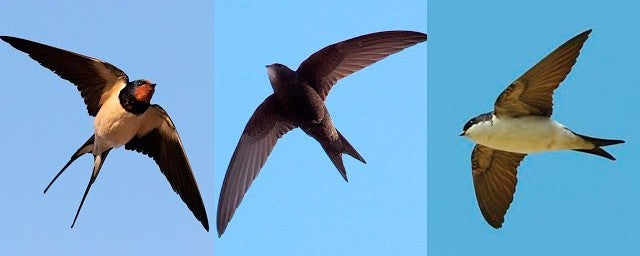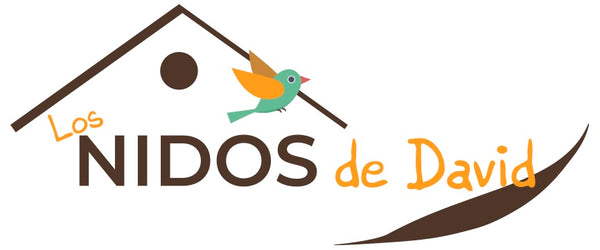
The Three Warblers: swifts, swallows, and house martins, great allies against insects
Share
Did you know that there's a group of birds that every spring becomes one of our best allies in the natural fight against insects? They're popularly known as "The Three Warblers" : swifts, swallows, and house martins . These three species, along with bats, play a fundamental role in the biological control of flying insect pests , especially mosquitoes.
The return of the great insect eaters
Every year, when the warm weather arrives, these little aerial acrobats return from their long migration journey from Africa. They often return to the same nests they occupied in previous seasons to raise their new offspring. If necessary, repair damaged nests and begin a new reproductive cycle.
This phenomenon not only marks the beginning of spring, but also greatly aids in the natural control of insects in our towns, cities, and countryside.
A free pest control service
The role played by these insectivorous birds is essential. A single swallow can consume up to 60 insects per hour , feeding mainly on flies, mosquitoes, flying ants, wasps, bugs, and small beetles. If we multiply this figure by the hours of daily activity and the number of birds, the impact on insect control is enormous.
In addition to swallows, common swifts ( Apus apus) and house martins ( Delichon urbicum ) also capture huge quantities of mosquitoes and other flying insects, helping to reduce the need for chemical pesticides in urban and agricultural environments.
Where we find these birds, the air is usually cleaner, there are fewer pesky insects, and the environment is healthier for both people and other living things.
Threats : decline in their populations
Despite their enormous ecological benefits, populations of swifts, swallows, and house martins have experienced significant declines in recent decades . The main threats they face are:
- Loss of habitat and nesting sites : Building renovations, sealing of cracks and eaves, or demolition of traditional buildings eliminate their usual nesting sites.
- Massive use of pesticides : Intensive agriculture reduces the number of insects available, limiting their food.
- Direct persecution : Sometimes, some people destroy their nests because of the nuisance they can cause, such as droppings on windows or cornices, forgetting their enormous ecological value.
Its protection is everyone's responsibility
It's important to remember that swifts, swallows, and house martins, along with their nests, eggs, and chicks, are legally protected at both the national and European levels. Destroying their nests is a serious offense that can be punished with fines of several thousand euros .
If we observe nest destruction or non-compliance with regulations, we must inform the environmental authorities so they can take appropriate action.
How to help these birds
Every little helps to conserve these species:
- Always respect their nests .
- Install specific nest boxes in buildings or areas where natural breeding sites have disappeared.
- Reduce the use of pesticides in gardens and fields.
- Spread the word about its importance and raise awareness among others.
Together we can all contribute to conserving these tiny and valuable allies. Protecting the Three Warblers is not only an act of respect for nature, but also a way to take care of our own health and that of our ecosystems.
